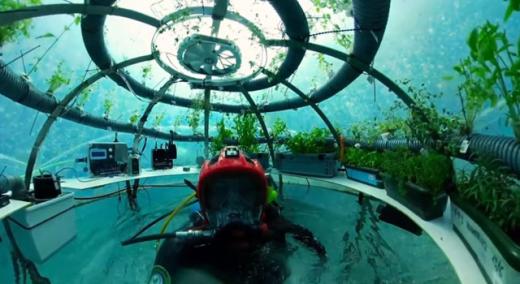One question led the founders of Nemo’s Garden, a subsea farming platform, to embark on its mission to take agriculture beneath the waves and bring better harvests to market: “Seventy percent of the planet is covered by water. Why don't we try to use part of the ocean to make more food, in a better way?”
The team has already successfully grown a variety of plants in this alien environment, and with help from Siemens, they’re looking to digitize the process so they can scale the project, validate the benefits their crops bring to the table, and expand their operations.
|
ADVERTISEMENT |
Project overview
The goal of Nemo’s Garden is to create an alternative agriculture system for areas where environmental, economic, or morphological reasons prevent traditional plant growth. The company has developed a prototype biosphere in which plants can be grown underwater. The biosphere can leverage the readily available, positive environmental factors in oceans or other bodies of water, such as temperature stability, water evaporation, CO2 absorption, abundance of oxygen, and natural protection from pests.
…

Add new comment